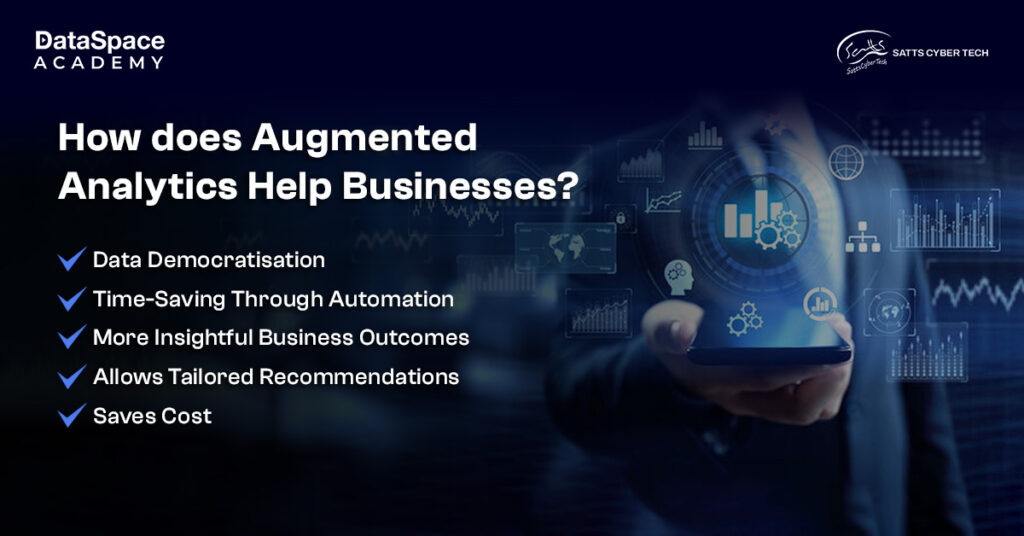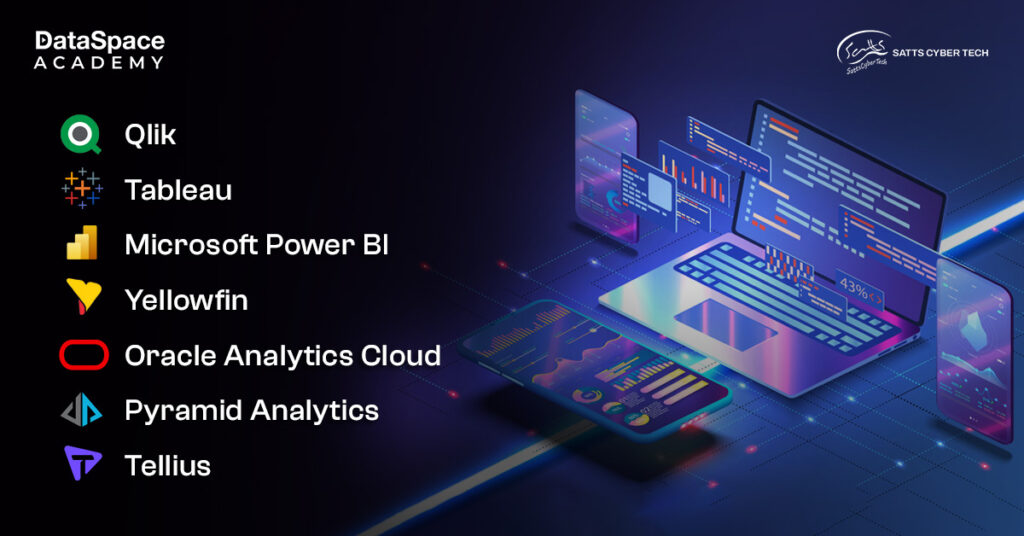Have you ever wished your data to reveal insights almost instantly without spending hours digging through vast spreadsheets?
That’s where Augmented Analytics steps in.
Think of it as having a super-smart assistant who not only organises your data but also points out trends you might’ve missed- and even suggests the next steps.
Augmented Analytics, as the name says, refers to an “enhanced” version of analytics. Technically speaking, it denotes “augmenting” analytics with cutting-edge technologies like AI and ML for better interpretation of data at a contextual level.
As of 2025, with AI gaining high traction, Augmented Analytics is transforming how businesses operate by making insights faster, more accurate, and accessible to all. Whether you're a marketer trying to understand customer behavior or a manager aiming for better forecasts- augmented analytics is here to revolutionise your workflow.
Are you ready to let your data do the talking? Let’s uncover the potential of augmented analytics in this detailed read.
Augmented Analytics is like having a smart assistant handy that helps you make sense of all your data without needing to be a tech wizard.
According to
Gartner, by 2025, 75% of data stories will be automatically generated using
augmented analytics tools and techniques. This shows how quickly businesses are adopting it to stay ahead in the highly competitive market space. Not only data scientists, but even marketers, sales teams, and executives can easily interpret data with augmented analytics.
Augmented Analytics is all about the strategic application of AI, machine learning, and Natural Language Processing (NLP) to automate data preparation, analysis, and insights. Whether you’re in digital marketing, finance, or healthcare, augmented analytics helps uncover trends and patterns that would otherwise go unnoticed. It’s revolutionising how we approach data, making analytics more accessible, faster, and way more efficient.
Augmented analytics harnesses the power of data to help identify trends, patterns, and anomalies in large datasets - that might get missed by human analysts.
Let’s have a detailed look at how this innovation works:
In a nutshell, Augmented Analytics is like having a team of automated data experts at your fingertips that helps in gaining valuable insights and driving the business forward.

The application of augmented analytics can be a game changer for industries competing to spearhead the high-voltage market race. Let’s understand how.
Some popular
augmented analytics tools are:

Are you eager to know how augmented analytics is augmenting business potential? Here are a few real-world examples of augmented analytics cases:
Augmented analytics is revolutionising industries by enabling easy access to data-driven insights, automating workload, and a lot more. Popularity of this advanced technology has led to a rising demand for analysts skilled in augmented analytics skills.
As demand grows, professionals can enhance their expertise through
data analytics certification courses. These courses are strategically designed to equip learners with the skills to harness AI-driven analytics for smarter decision-making for businesses and organisations.

 The application of augmented analytics can be a game changer for industries competing to spearhead the high-voltage market race. Let’s understand how.
The application of augmented analytics can be a game changer for industries competing to spearhead the high-voltage market race. Let’s understand how.

